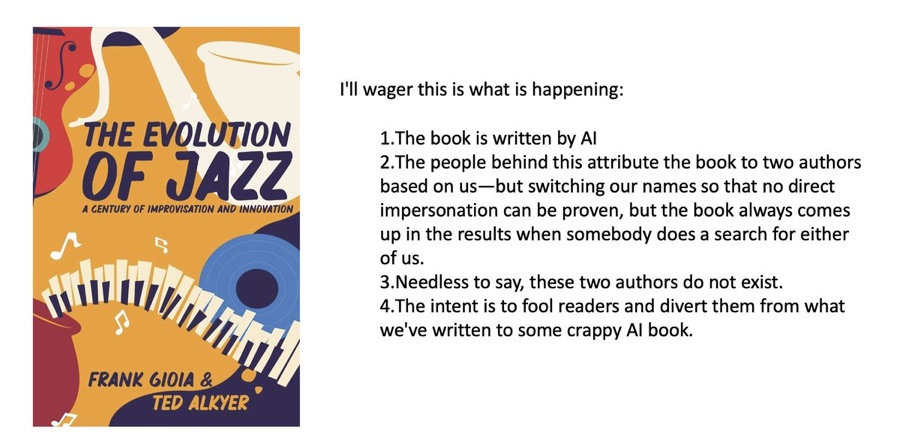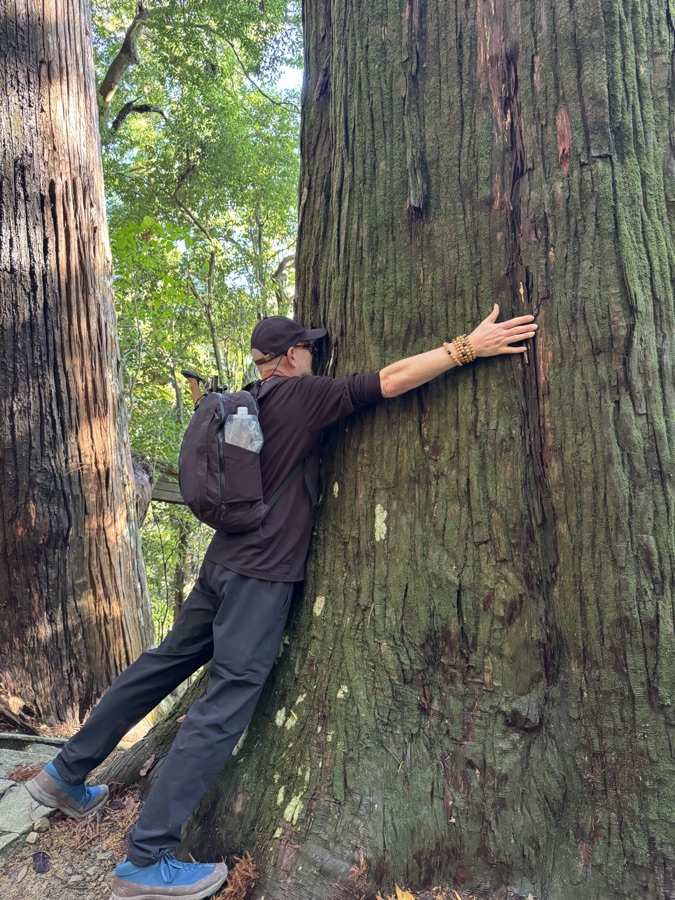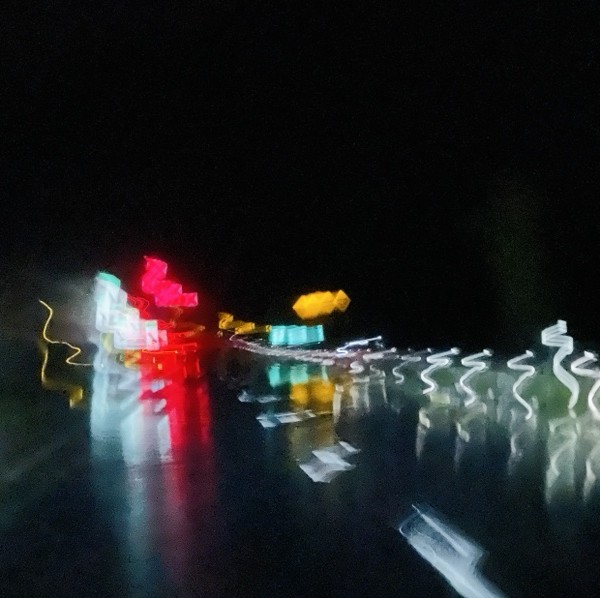02024-05-29 | Uncategorized
Andrew Van Dam, writing for The Washington Post:
So, we looked at the data another way, measuring the gap between each person’s birth year and their ideal decade. The consistency of the resulting pattern delighted us: It shows that Americans feel nostalgia not for a specific era, but for a specific age.
The good old days when America was “great” aren’t the 1950s. They’re whatever decade you were 11, your parents knew the correct answer to any question, and you’d never heard of war crimes tribunals, microplastics or improvised explosive devices. Or when you were 15 and athletes and musicians still played hard and hadn’t sold out.
I was 11 in 1970 and I’ll be damned if the 70s weren’t the best decade ever!
02024-05-06 | Uncategorized
It’s a pity we don’t whistle at one another, like birds. Words are misleading.
– Halldór Laxness
02024-04-07 | Uncategorized
Longplayer is a one thousand year long musical composition. It began playing at midnight on the 31st of December 1999, and will continue to play without repetition until the last moment of 2999, at which point it will complete its cycle and begin again. Conceived and composed by Jem Finer, it was originally produced as an Artangel commission, and is now in the care of the Longplayer Trust.
About Longplayer
Listen here.
02024-02-17 | Uncategorized

Ted Gioia shared the above book cover and Tim posted it on his blog – here.
My name is fairly unique. I was usually able to get a handle that was just my first name. I used to be @ottmar at Twitter, for example, before I deleted that account around 2009.
So if you see an album by Ottmar Duros or DiMeola or Ottmar De Lucia, or Ottmar plus any other name… you can be pretty sure it’s got something to do with AI.
Tim wrote a good post about AI on his blog. Check it out.
02024-02-17 | Uncategorized
I discovered that I wrote the following into my diary eight years ago, today.
Devices will become smaller and will be used like a secondary brain. They will increasingly contain more and more personal information, like passwords and logins, banking details, info about our health, diary entries etc. Pretty soon they might actually be in/on our body.
In other words we do need to have this discussion now. Is a phone an extension of my person? If yes, is breaking its security equal to torturing me?
02023-12-16 | Uncategorized

(photo by Sumeth “Ten” Sukapanpotharam)




